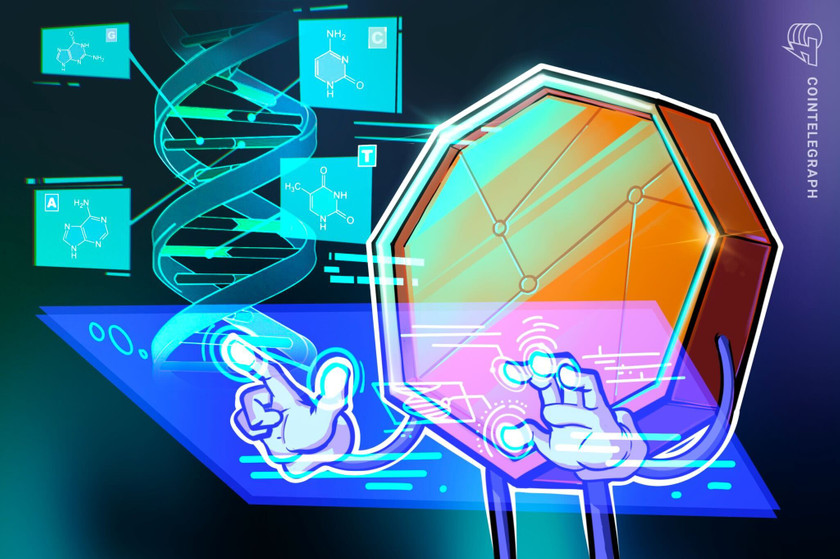Harvard scientists claim quantum computing breakthrough


The team’s results, once reviewed, could represent a significant milestone in quantum computing research.
A team of researchers funded by the United States Defense Advanced Research Projects Agency (DARPA) and led by scientists at Harvard — with support from QuEra Computing, the Massachusetts Institute of Technology, Princeton, the U.S. National Institute of Standards and Technology, and the University of Maryland — claim they’ve created a first-of-its-kind processor that could revolutionize the field of quantum computing.
When industry insiders talk about a future where quantum computers are capable of solving problems that classical, binary computers can’t, they’re referring to something called “quantum advantage.”
In order to achieve this advantage, quantum computers need to be stable enough to scale in size and capability. By and large, quantum computing experts believe the largest impediment to scalability in quantum computing systems is noise.


























